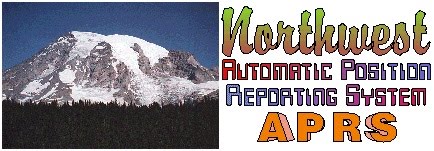Is your network providing the local recommended FREQ object for travelers passing through? (see www.aprs.org/localinfo.html). Are you monitoring that voice repeater to help fellow travelers?
While traveling do you have Voice Alert enabled and the volume up? See www.aprs.org/VoiceAlert3.html
Is your local IRLP/Echolink node showing up on APRS in the simplex range where it can be used? See www.aprs.org/info/echo-irlp-
Are you configured to receive messages? Do you know how to send email from your mobile? See www.aprs.org/aprs-messaging.
Does your Beacon contain your typical monitoring voice frequency?
Is your channel quiet more than half the time? It should be for best reliability. In fact, it should be quiet more than 2/3rds of the time. If not, your network is overloaded. See www.aprs.org/aloha.html. Spend 30 minutes monitoring your local channel looking at PATHS. Is everyone using an appropriate path and rate?
Get out your radio. Communicate. Let APRS help you get "connected"...
Bob, WB4APR



